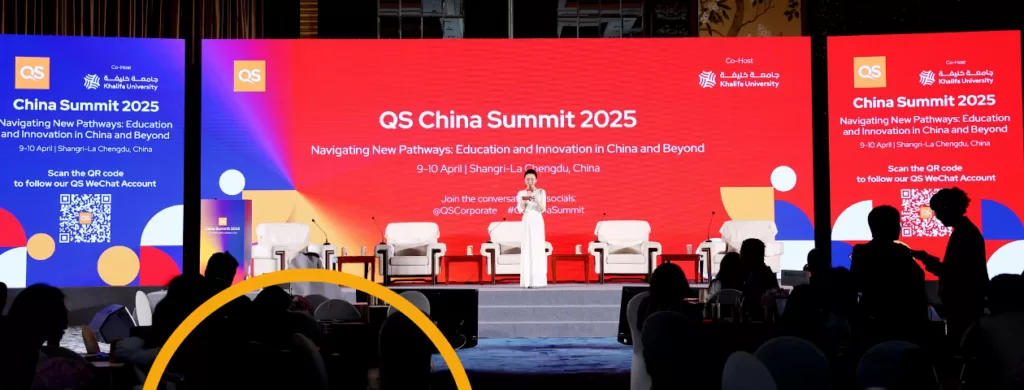
It’s a question that has plagued higher education institutions for years: what do students want from their university and how can your institution keep up?
As the needs of employers and communities shift, so too do the needs of students.
So, what key changes have shifted the needs of students and how can your institution keep up?
Read on to discover some of the significant shifts that you need to know.
Lecturer-student partnerships
Gone are the days where lecturers simply stand at the front of the room and talk, students now expect a much more collaborative and flexible learning experience.
These relationships between lecturers and students, focusing on the exchange of information and ideas, are the cornerstones of an institution’s teaching quality.
It’s an important factor to consider with high quality teaching consistently ranking as a crucial component of an institution’s offering.
In the 2019 International Student Survey, 49% of prospective international students stated that high quality teaching was an important deciding factor when choosing a course.
When choosing the country they wish to study in, 55% of survey respondents emphasized the importance of high quality teaching.
When choosing a university, high quality teaching was the most important deciding factor with 57% of respondents choosing it over other considerations.
Flipped classrooms
Another trend that addresses shifting student needs is the concept of a flipped classroom.
This approach encourages teachers to share short video lectures online prior to class, thereby dedicating actual class time to discussion, collaborative learning exercises, and projects.
This provides students with more control, encourages student-centered learning and discussion, and accessible learning materials.
However, this model does depend on technological access, which may be an obstacle for some students, and student participation and preparation.
Higher education institutions may want to explore the pros and cons of this model to determine whether it addresses their students’ needs.
Remote learning
Another tech-enabled trend is remote learning, allowing students to study and learn flexibly by distance.
While many institutions already offer remote learning, it’s important to continually assess how these courses address students’ needs and where they can be improved.
Remote learning makes the most of the digital devices and technology at our disposal, while providing the flexibility and accessibility that many students need.
Examine your institution’s remote learning offering to identify any areas for improvement and explore how it addresses the needs of the modern student.
Work-integrated learning opportunities
Work placements and internships are a key component of the higher education experience, with many employers seeking graduates who already have relevant experience.
According to the 2019 International Student Survey, 32% of prospective international students seek institutions with good careers services and links with employers when choosing a university.
When choosing a course, 38% of respondents valued a high graduate employment rate and 29% looked for a course with a work placement.
Universities must examine how their courses offer real-world experience to students to remain competitive and do their part to prepare graduates for the labor market.
To discover more insights into the future of higher education, register now for QS WorldClass 2020.



